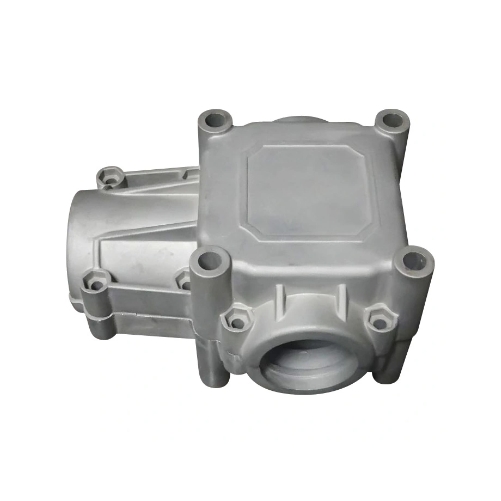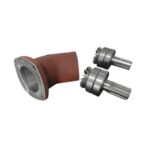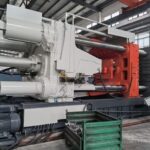
Introduction
In the realm of injection molding, ejector marks can present challenges, affecting the surface quality and integrity of molded components. These marks, often undesirable, result from the ejection process and can detract from the aesthetics and functionality of the final product.
This comprehensive guide explores the causes of ejector marks, preventive measures, and remediation techniques to ensure high-quality injection-molded parts.
Causes of Ejector Marks
Ejector marks can arise from various factors during the injection molding process, including:
- Insufficient Cooling Time: Premature ejection of the molded part before it has adequately cooled can lead to deformation and surface imperfections.
- High Ejection Force: Excessive ejection force applied to the mold can cause indentations or depressions on the surface of the part.
- Improper Mold Venting: Inadequate venting of the mold cavity can trap air or gases, resulting in localized pressure buildup and ejector marks.
- Inaccurate Ejector Pin Positioning: Misalignment or improper placement of ejector pins can cause uneven ejection forces, leading to visible marks on the part surface.
- Material Properties: Certain materials with high shrinkage rates or poor flow properties may be more prone to ejector marks if not properly managed during the molding process.



Prevention Methods
To prevent ejector marks and ensure smooth part ejection, consider implementing the following preventive measures:
- Optimized Cooling System: Design the mold with adequate cooling channels and optimize cooling time to ensure uniform temperature distribution and minimize warping or deformation.
- Proper Mold Venting: Enhance mold venting by incorporating vent grooves, micro-perforations, or vacuum systems to facilitate the escape of trapped air and gases during ejection.
- Careful Ejector Pin Design: Ensure proper sizing, placement, and alignment of ejector pins to apply uniform ejection force and minimize surface contact with the part.
- Material Selection: Choose materials with suitable flow properties and shrinkage rates for the intended application to minimize the risk of ejector marks.
- Optimized Process Parameters: Fine-tune injection parameters such as temperature, pressure, and injection speed to achieve optimal molding conditions and minimize part defects.
Remediation Techniques
In cases where ejector marks have already occurred, the following techniques can help remediate the defects:
- Surface Finishing: Use sanding, polishing, or bead blasting techniques to remove ejector marks and restore the surface finish of the molded part.
- Filler Material Application: Apply filler materials or coatings to fill in ejector marks and create a smooth, uniform surface texture.
- Mold Modification: Modify the mold design or adjust ejector pin positions to minimize contact with the part surface and prevent future ejector marks.
Conclusion
Ejector marks in injection molding can compromise the quality and appearance of molded parts.
By understanding the causes of ejector marks and implementing preventive measures and remediation techniques, manufacturers can minimize defects, improve part quality, and enhance overall productivity in injection molding processes.
Drop me an email with your ideas, and I’ll get back to you swiftly!

















